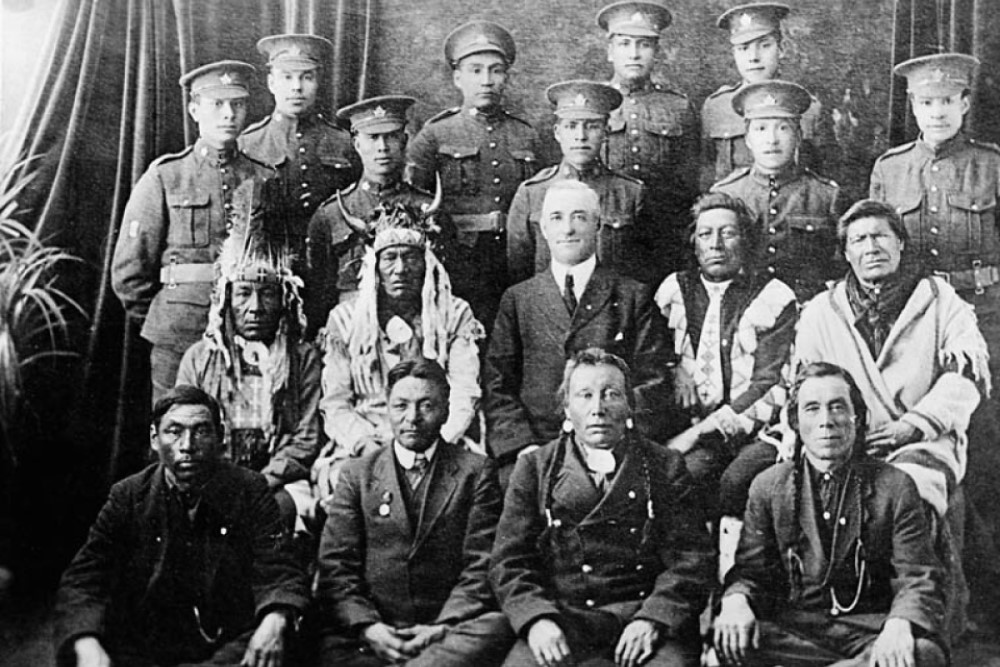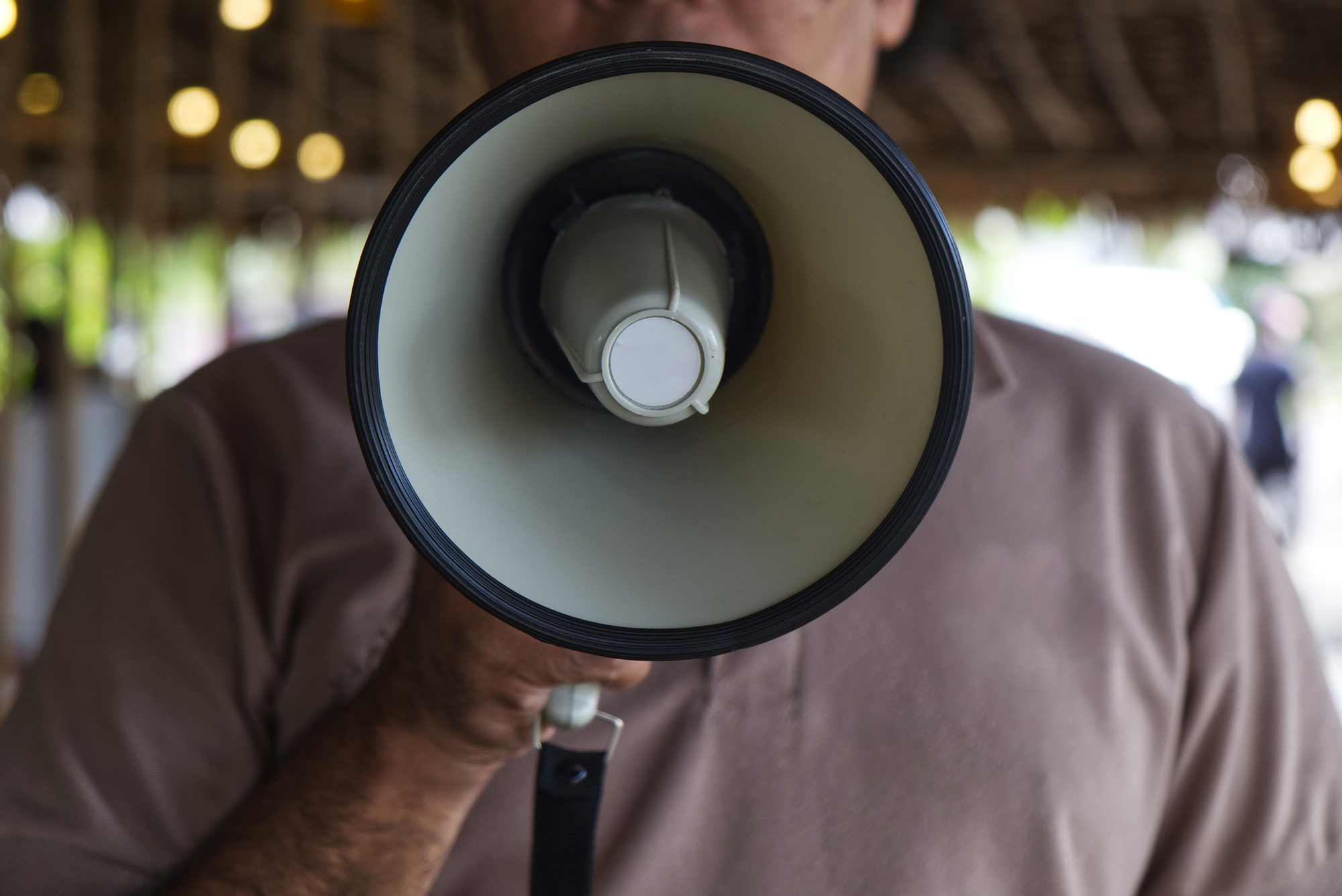Truth and Reconciliation Day
On September 30th, Canada recognized its first National Day for Truth and Reconciliation following a year where the bodies of hundreds of First Nations children were discovered in mass graves on the sites of former residential schools. Across the country, the day has been considered an important step forward in addressing many of the historical wrongs perpetrated on First Nations people within Canada. However, since then most of the media and larger public attention on the day has been preoccupied with Prime Minister Justin Trudeau’s decision to forgo meetings with First Nation leaders on September 30th so that he could instead go to the beach with his family. But while many have chosen to take this opportunity to point out the moral failings of the Prime Minister, is it possible that this represents a larger moral failure of the country?
The adoption of September 30th as a statutory holiday to allow for public commemoration of the history of residential schools followed recommendations made in the final report of the Truth and Reconciliation Commission. The report called for a statutory holiday to be created to “honour Survivors, their families, and communities, and ensure that public commemoration of the history and legacy of residential schools remains a vital component of the reconciliation process.” Beyond this, however, the exact meaning and intention of this day isn’t exactly clear to everyone.
Even before the day had come, First Nations critics had noted that this was an extremely small step, representing only 1 of 8 other recommendations that have been implemented out of a total of 94. Critics also note that in light of this, the day feels like an empty promise because of the lack of plans of action for the day, making the federal statutory holiday ring hollow. According to the Canadian Heritage Minister, there were no details for any federal plans to mark the day as commemorations should be led by indigenous people. Canadian Senators were also concerned about what this day was supposed to represent. One noted again that this was only one of 94 recommendations which was rushed to adoption following the discovery of mass graves, and questioned whether a statutory holiday will simply be “a day to stay home and put up our feet and watch TV.”
Of course, the day is supposed to mean more than that. Given that this is a day of reconciliation between Canadians and First Nations, and that this was declared a national holiday, it presumably should carry meaning for the whole Canadian public as well as First Nations. But what meaning is it supposed to have exactly? Was this a symbolic gesture meant to convey a sentiment or was this a policy decision meant to change public relations when it comes to First Nations? What goals does the government hope to achieve? According to the Heritage Minister the government hopes it will be a day for Canadians to “reflect.”
This theme of “reflection” is one that the government often likes to bring up when it comes to discussing reconciliation issues. On Canada Day, when the national conversation questioned the merits of national celebration in light of the discovery of mass graves, Prime Minister Trudeau again stressed reflection. “Many, many Canadians will be reflecting on reconciliation, on our relationship with Indigenous Peoples and how it evolved and how it needs to continue to evolve rapidly.” But reflect how? In what ways? When 1/8th of your strategy for reconciliation is to create a holiday and your plan is just to tell people to “reflect,” it doesn’t inspire much faith that you’ve taken the idea that seriously.
This is not to say, of course, that serious public commemoration or reflection did not take place or that such a day of commemoration should not take place. Broadcasts took place honoring Indigenous people, articles were written suggesting different ways to meaningfully recognize the day, and across the country various events took place including flag-raising, drum performances, prayers, protests, and commemorations for the children who were victims of residential schools. But, what this does begin to suggest is that the Canadian Government wasn’t treating this day with the seriousness it should have.
What’s more is that this is a federal statutory holiday. Federal holidays only apply to a limited number of industries in Canada. However, the provinces of Ontario, Quebec, Alberta, New Brunswick, Saskatchewan, and the Yukon have refused to recognize the day as a statutory holiday. This means that more than 60% of Indigenous people in Canada will not be allowed to take the day off. While critics have made their objections to not declaring September 30th a statutory holiday at the provincial-level known, the counter argument is that a statutory holiday lowers productivity. Of course, the Ontario Government still insists that it would observe the 30th as a day to, you guessed it, “reflect.”
Nevertheless, there are no massive outcries from the public for governments to change their minds about this, at least, not big enough to make a government actually change course. My point is that both at the level of the Federal Government and at the level of the Canadian public at large, there seems to be a lack of a serious commitment to make this day mean something beyond symbolic gestures. Contrary to the idea that this day should be Indigenous led, Eagleclaw Thom notes, “This day as a holiday isn’t for the Indigenous peoples who have chosen to share their land with Canadians. It’s intended for settler Canadians, so they can recognize the pain and hurt they’ve caused.” But, neither the Canadian public nor the Canadian Government seem very willing to elevate the meaning of National Truth or Reconciliation Day beyond symbolism anyways.
This brings us back to Prime Minister Justin Trudeau and the fact that he chose to spend the day at the beach. The Prime Minister had been invited by several First Nations groups to attend various functions but declined. There has been much public and media outrage about this incident, but what is the Prime Minister guilty of that most Canadians aren’t? Why the outrage that the Prime Minister didn’t take the day more seriously when most Canadians weren’t willing to either? Of course, there are obvious answers. He’s not just anyone, he’s the Prime Minister; his government created the day in question, he prides himself on focusing so much on reconciliation, and recently won re-election planning to do more. Trudeau’s decision to go to the beach was not only politically inept, but represents a moral failure of leadership.
But had Trudeau attended a few functions that day instead of going to the beach, what might have happened? It would have made the news and the next day it would have faded from the public mind and the media’s consciousness. The main reason this topic is still in the public mind for most Canadians and media outlets is because Trudeau didn’t attend. They are outraged at the political optics when they should be outraged at the glacial pace of Trudeau’s government. His is a moral failing, to be sure, but Trudeau’s problem is representative of the larger moral failure to make National Truth and Reconciliation Day a more significant effort to affect social change.





